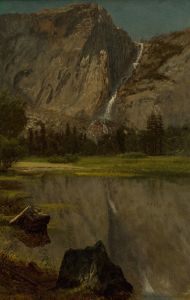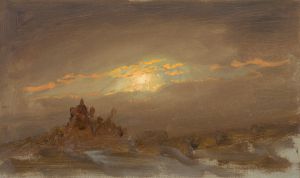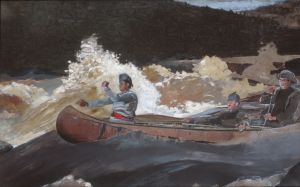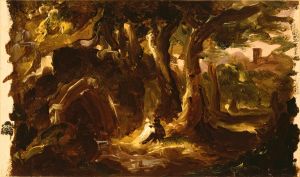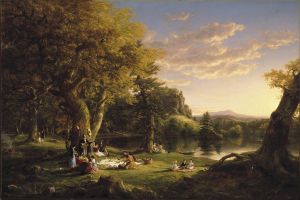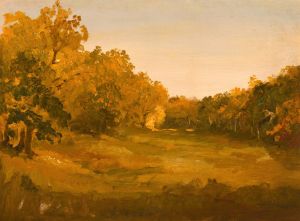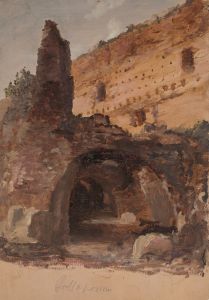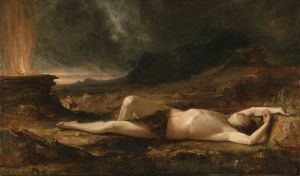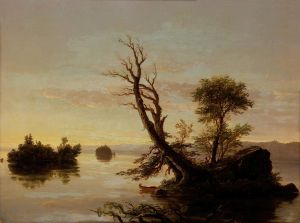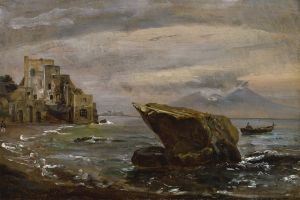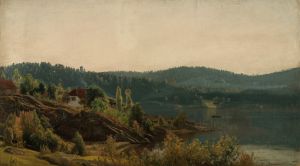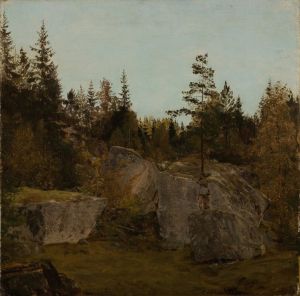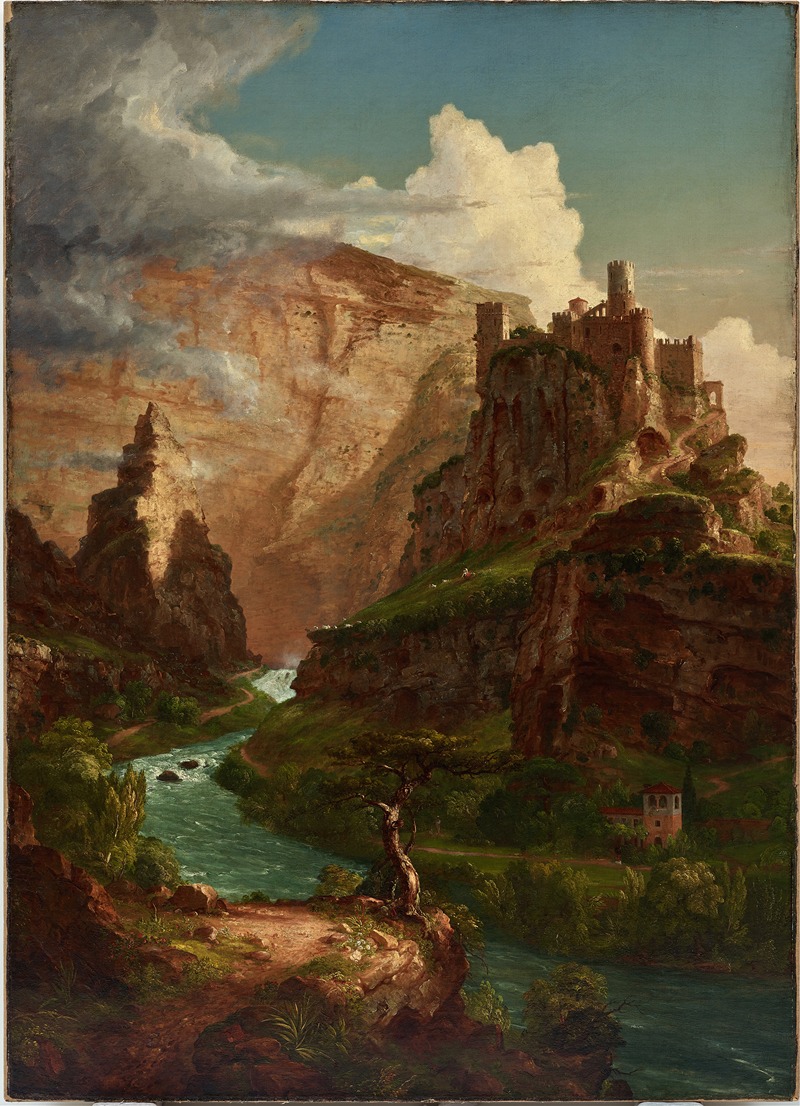
The Fountain of Vaucluse
A hand-painted replica of Thomas Cole’s masterpiece The Fountain of Vaucluse, meticulously crafted by professional artists to capture the true essence of the original. Each piece is created with museum-quality canvas and rare mineral pigments, carefully painted by experienced artists with delicate brushstrokes and rich, layered colors to perfectly recreate the texture of the original artwork. Unlike machine-printed reproductions, this hand-painted version brings the painting to life, infused with the artist’s emotions and skill in every stroke. Whether for personal collection or home decoration, it instantly elevates the artistic atmosphere of any space.
Thomas Cole's The Fountain of Vaucluse is a painting created in 1841 by the prominent American landscape artist Thomas Cole, who is widely regarded as the founder of the Hudson River School. This art movement emphasized the beauty of the American wilderness, but Cole also drew inspiration from European landscapes during his travels abroad. The Fountain of Vaucluse is one of the works that reflects his experiences in Europe, specifically in France.
The painting depicts the Fontaine-de-Vaucluse, a natural spring located in the Provence region of southeastern France. This spring is one of the largest in the world and is surrounded by dramatic cliffs and lush vegetation, making it a picturesque and inspiring subject for artists and poets alike. The site is historically significant as it was famously associated with the 14th-century Italian poet Petrarch, who wrote many of his works while living in the nearby village of Vaucluse.
Cole visited the Fontaine-de-Vaucluse during his second trip to Europe, which lasted from 1841 to 1842. This journey was an important period in his artistic development, as it allowed him to study European art and landscapes firsthand. While Cole is best known for his depictions of the American wilderness, his European works, including The Fountain of Vaucluse, demonstrate his ability to capture the grandeur and romanticism of Old World scenery.
The painting itself showcases Cole's characteristic attention to detail and his ability to convey the sublime qualities of nature. The composition features the spring as the central focus, surrounded by rugged cliffs and verdant foliage. The interplay of light and shadow enhances the dramatic effect of the scene, while the inclusion of small human figures provides a sense of scale and emphasizes the majesty of the natural environment. This approach reflects Cole's Romantic sensibilities and his belief in the spiritual and moral value of nature.
The Fountain of Vaucluse is part of the collection of the Wadsworth Atheneum Museum of Art in Hartford, Connecticut. The museum, which is the oldest public art museum in the United States, holds several works by Cole and other Hudson River School artists. This painting remains an important example of Cole's European-inspired works and highlights his ability to adapt his artistic vision to different landscapes while maintaining his signature style.





